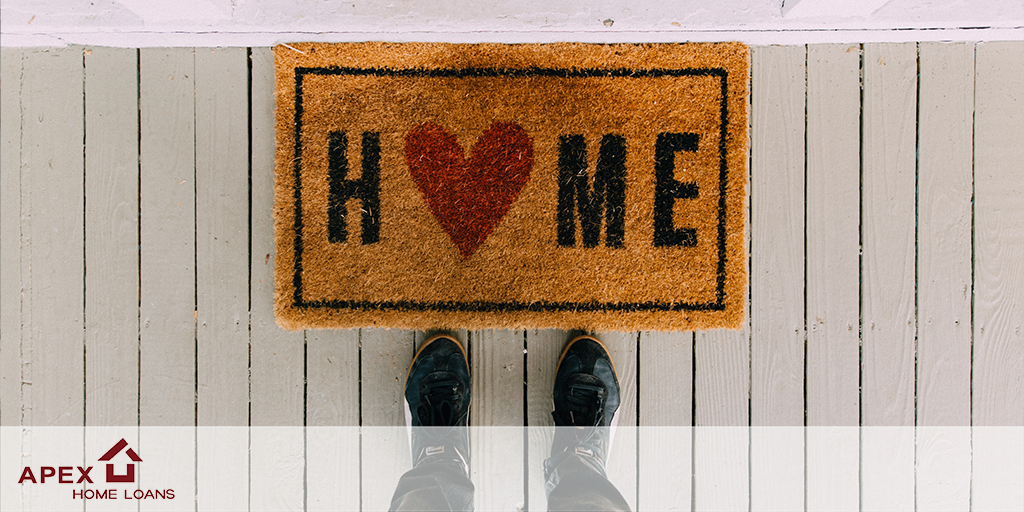Posted by Apex Home Loans ● March 31, 2021
Benefits Of Having 20% Down Payment

If you’re thinking of buying a home this year, you may be wondering how much money you should put down for the down payment. Many people believe that you need 20% down to secure a mortgage, but there are several lower down payment options available for qualified buyers.
While having a 20% down payment isn’t required to get a loan, it’s important to understand how a larger down payment can have great benefits!
Below are four reason why putting 20% down is a good plan if you can afford it:
1. Your interest rate may be lower.
Putting 20% down vs. 3-5% down shows your lender you’re more financially stable and not a large credit risk. The interest rate you’re able to receive is based on a number of factors, including your credit score, the property type, and the down payment you’re able to make. If you can make a larger down payment, it could help to lower your interest rate. You’ll end up paying less for your home.
The larger your down payment, the smaller your loan amount will be for your mortgage. If you’re able to pay 20% of the purchase price of your new home at the start of the transaction, you’ll only pay interest on the remaining 80%. If you put down 5%, the remaining 15% will be added to your loan amount and will accrue interest over time. This will end up costing you more over the lifetime of your home loan.
2. Your offer will stand out in a competitive market.
In a market where many buyers are competing for the same home, sellers like to see offers come in with 20% or larger down payments. The seller gains the same confidence as the lender in this scenario. With a larger down payment, you are seen as a stronger buyer.
3. You won't have to pay Private Mortgage Insurance (PMI)
Are you wondering what PMI is? According to Freddie Mac:
“PMI is an insurance policy that protects the lender if you are unable to pay your mortgage. It’s a monthly fee, rolling into your mortgage payment, that is required for all conforming, conventional loans that have down payments less than 20%. Once you’ve built equity of 20% in your home, you can cancel your PMI and remove that expense from your mortgage payment.”
Please note: If you’re considering a conventional loan with less than a 20% down payment you’ll want to ask about the terms for cancelling PMI.
As mentioned before, when you put less than 20% down when buying a home, most conventional lending programs require PMI because your lender sees your loan as a higher risk. PMI helps them recover their investment if, for some reason down the line, you’re unable to pay your loan. This insurance isn’t required if you’re able to put down 20% or more.
Many times, home sellers looking to move up to a larger or more expensive home are able to take the equity they earn from the sale of their house to put down 20% on their next home.
Bottom Line for Homebuyers
While a 20% down payment isn’t always necessary, there are several benefits to putting more money down for your down payment. If you are thinking of buying a home and want to learn more about your down payment options, it’s important that you speak with a professional before you start shopping. Let’s connect to discuss what fits best with your long-term plans.
Topics: Down Payments, Adjustable-Rate Mortgages, Mortgage Loans, Homebuyer, Private Mortgage Insurance






